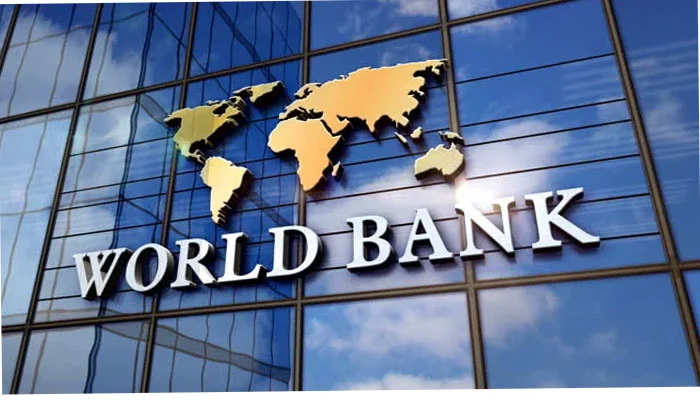World Bank looks to expand lending capacity for climate change.
The World Bank is seeking to vastly expand its lending capacity to address climate change and other global crises and will negotiate with shareholders ahead of April meetings on proposals that include a capital increase and new lending tools, according to an “evolution roadmap” seen by Reuters on Monday.
The roadmap document – sent to shareholder governments – marks the start of a negotiation process to alter the bank’s mission and financial resources and shift it away from a country- and project-specific lending model used since its creation at the end of World War Two.
Also they need to constantly expand lending as net negative dispersals is not a good look for them (still it happens often enough). If the #WorldBank can’t lend to China that will leave a large hole that simply can’t be filled with lending to countries with riskier profiles.
— Susan Engel (@susanengel_oz) June 18, 2023
A World Bank spokesman said that the document aimed to provide details on the scope, approach, and timetable for the evolution, with regular updates for shareholders and decisions later in the year.
The development lender will explore options like a potential new capital increase, changes to its capital structure to unlock more lending, and new financing tools such as guarantees for private sector loans and other ways to mobilize more private capital, according to the document.
But the World Bank Group (WBG) is not ready to bow to demands from some non-profit organizations to abandon its longstanding top-tier credit rating to boost lending, stating: “Management will explore all options that increase the capacity of the WBG whilst maintaining the AAA rating of the WBG entities.”
U.S. Treasury Secretary Janet Yellen has called for the World Bank and others to revamp their business models to boost lending and harness private capital to fund investments that more broadly benefit the world, such as helping middle-income countries transition away from coal power. World Bank looks to expand lending capacity for climate change.
